THE BERM
QUINCY, MASSACHUSETTS

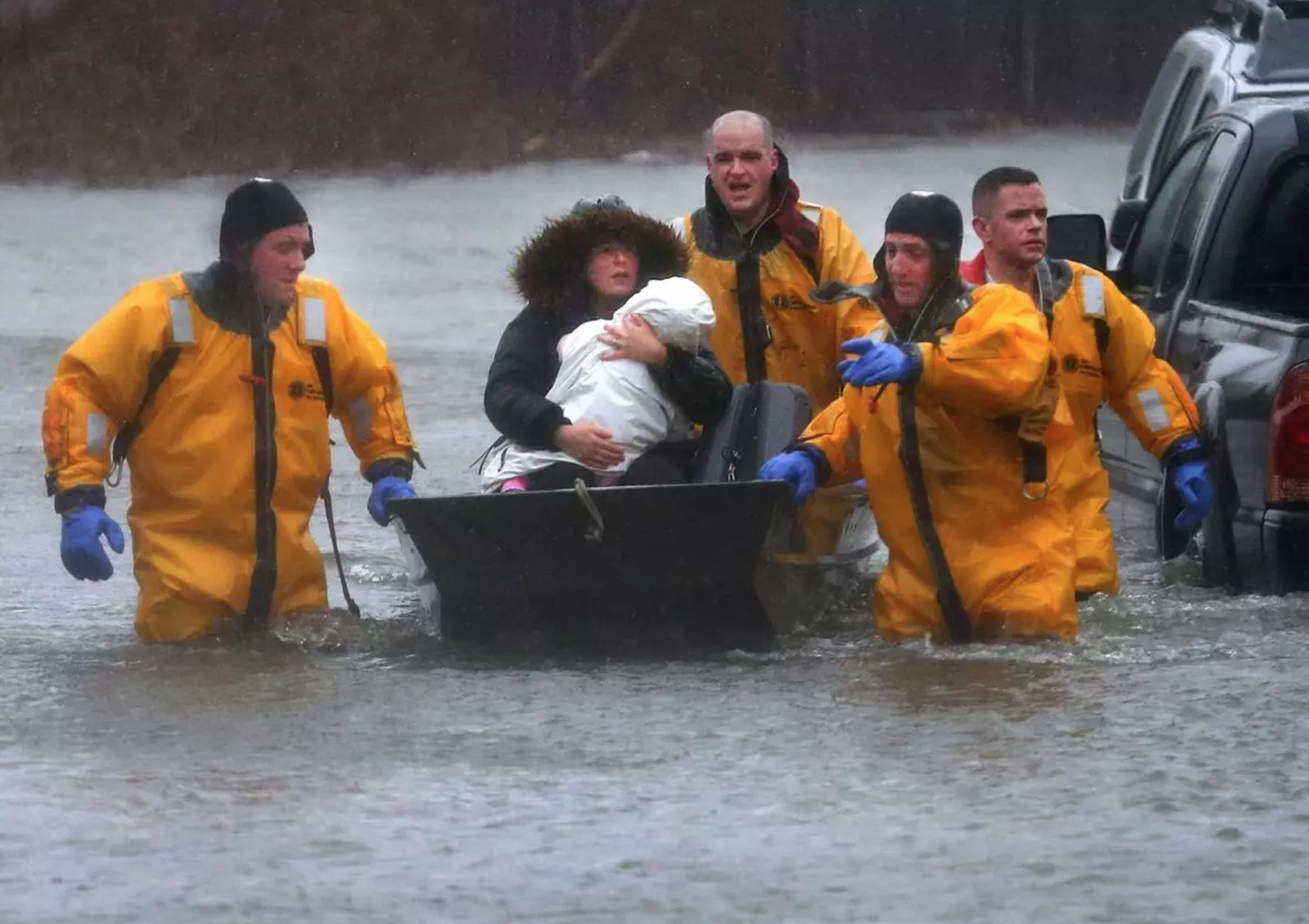
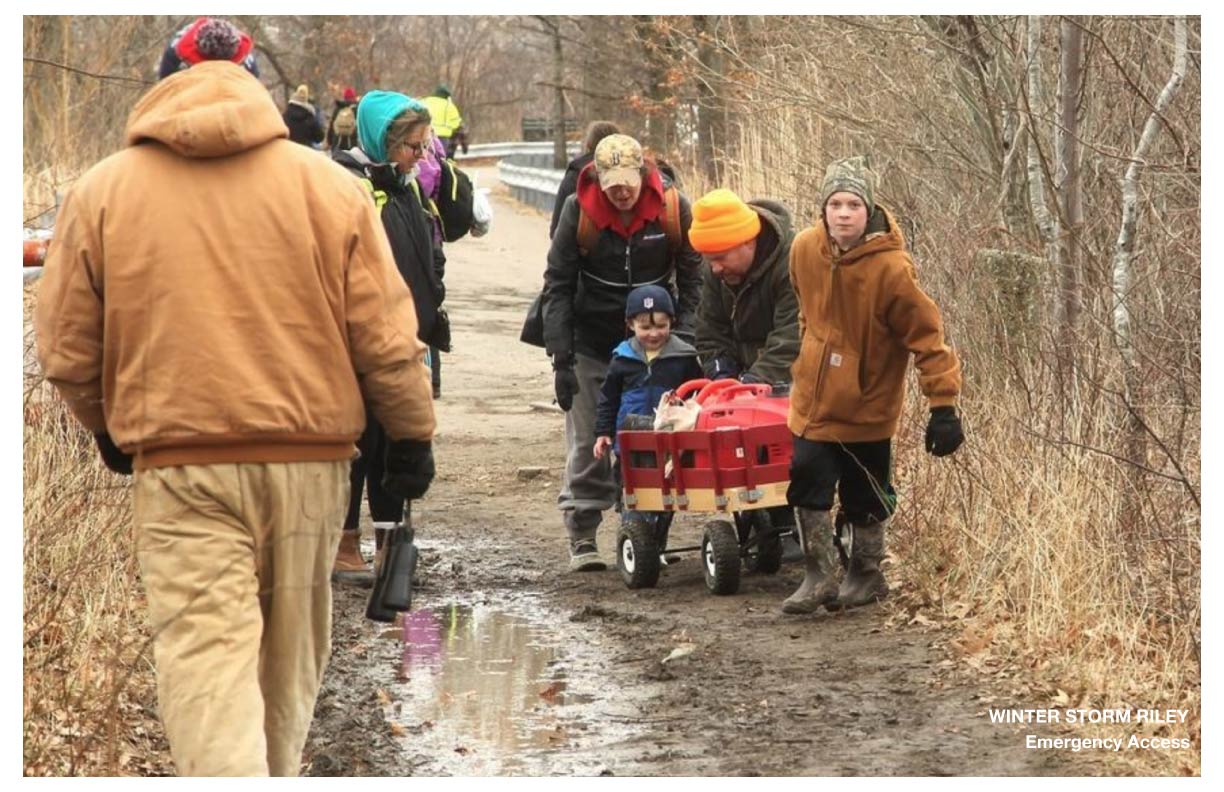
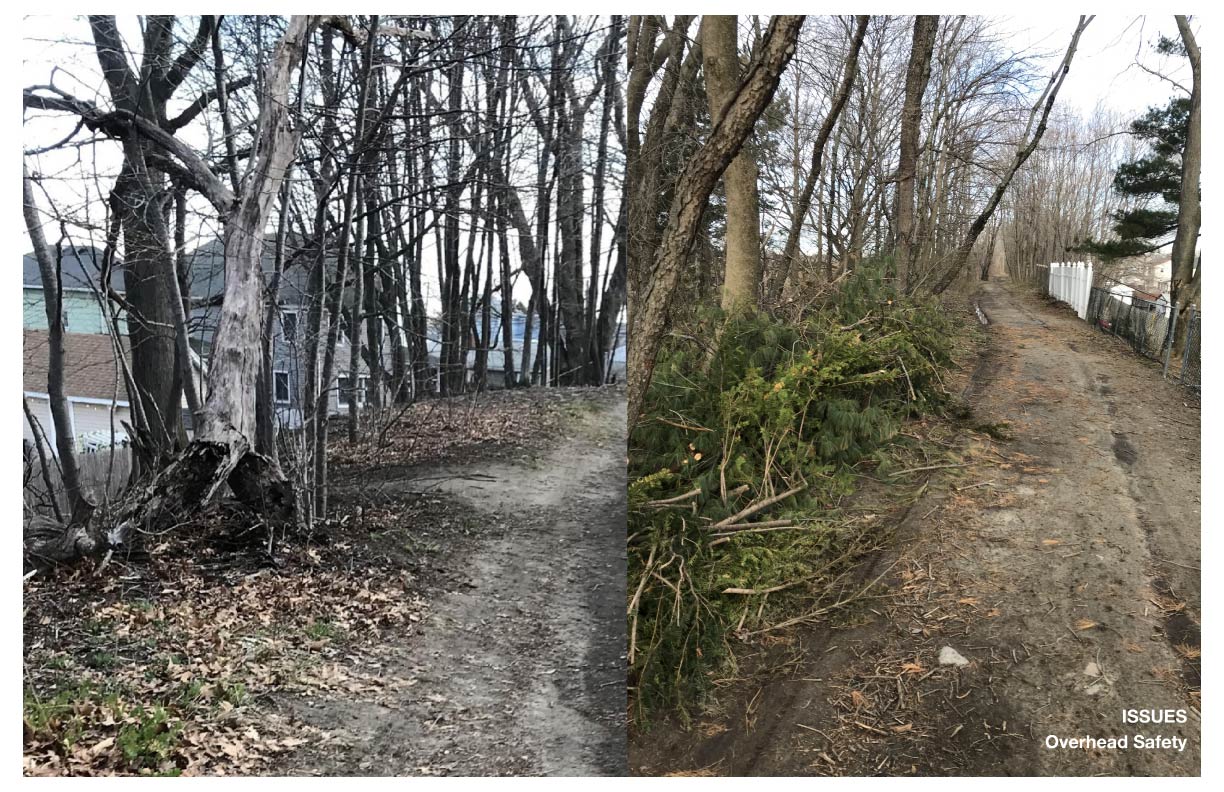
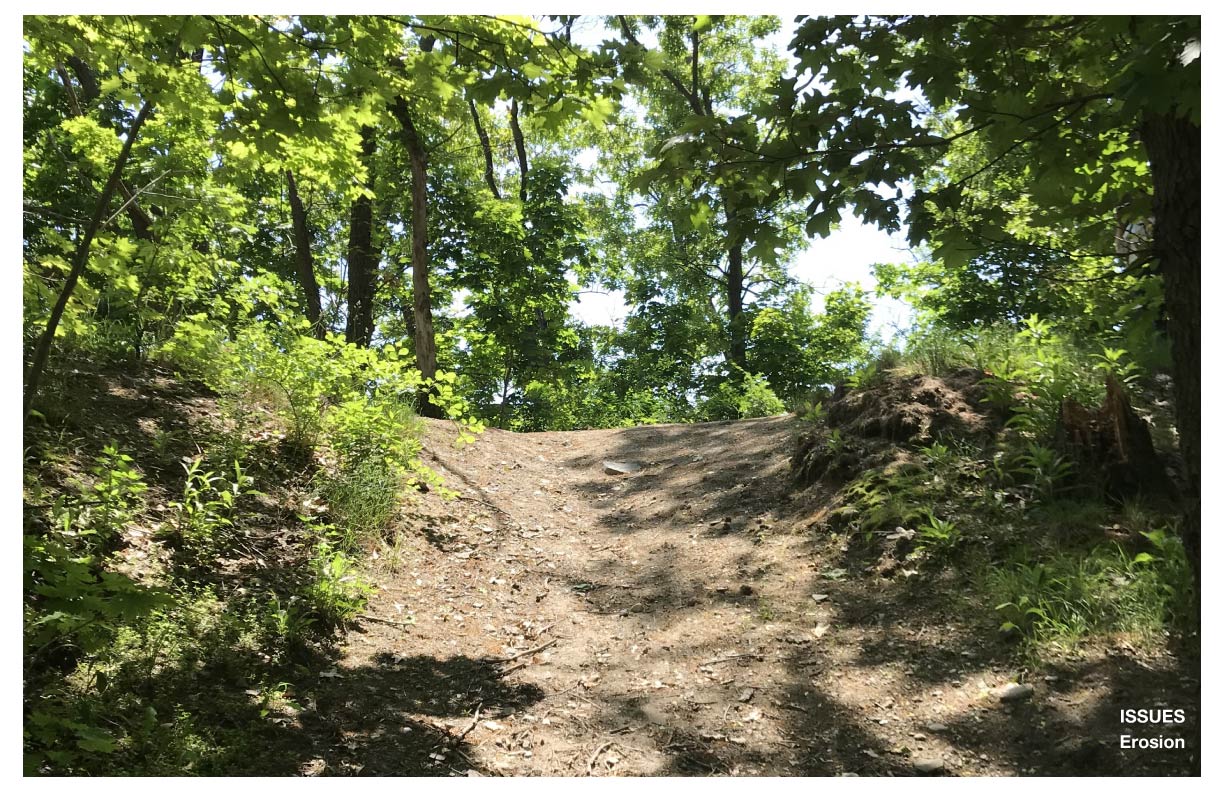

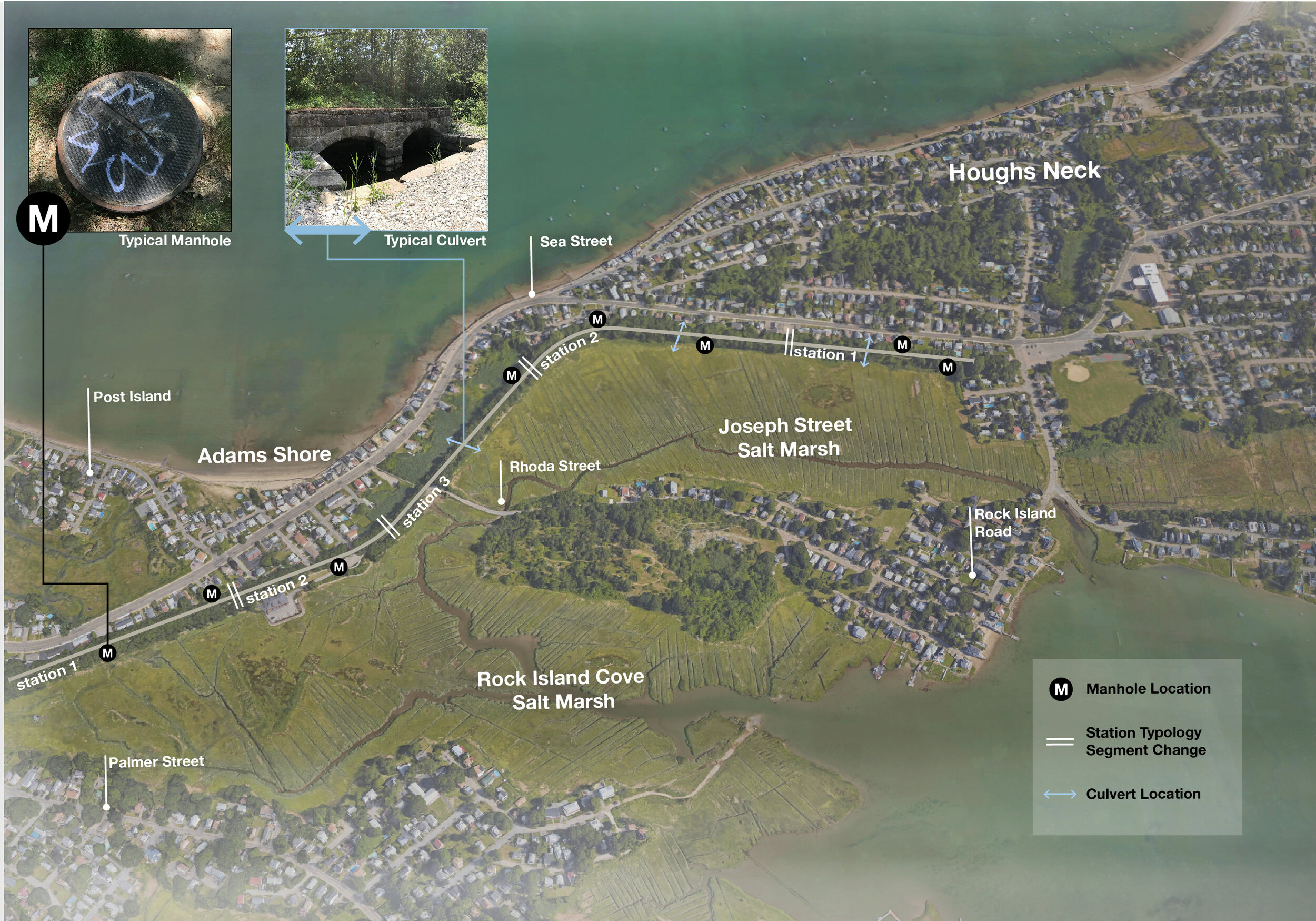
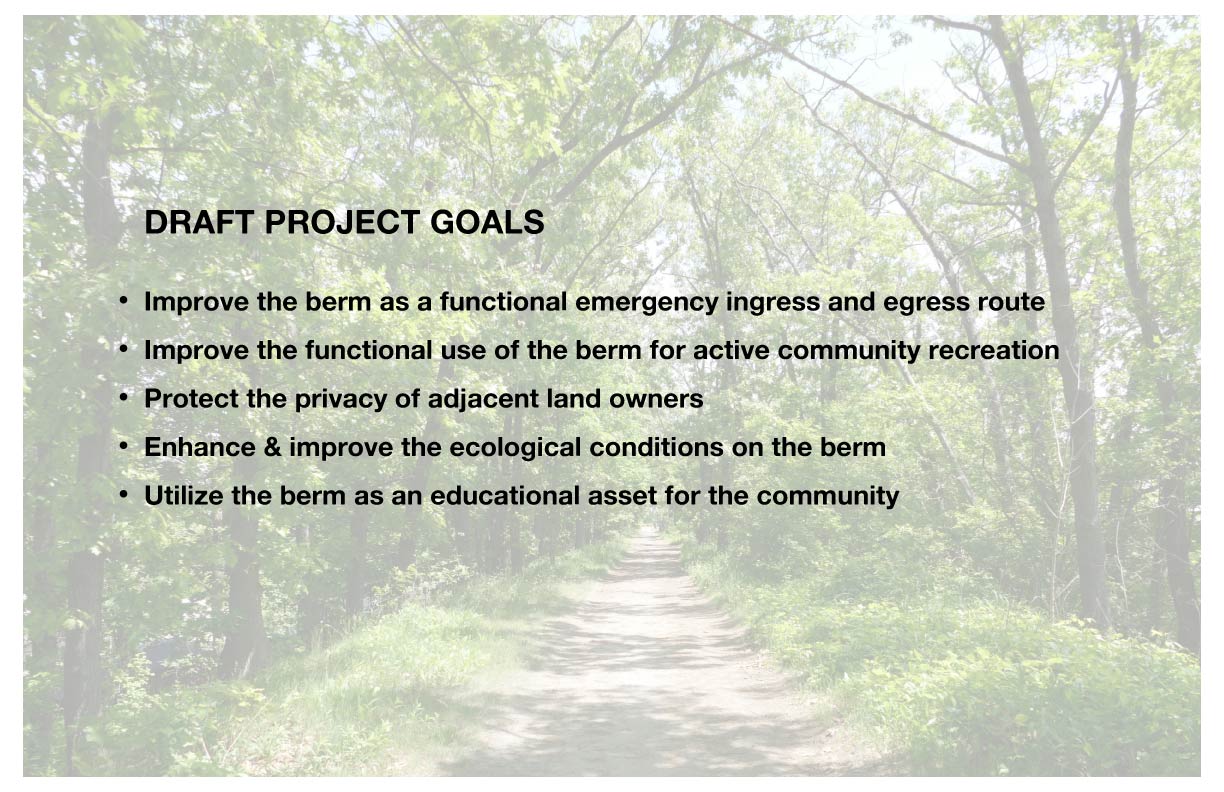
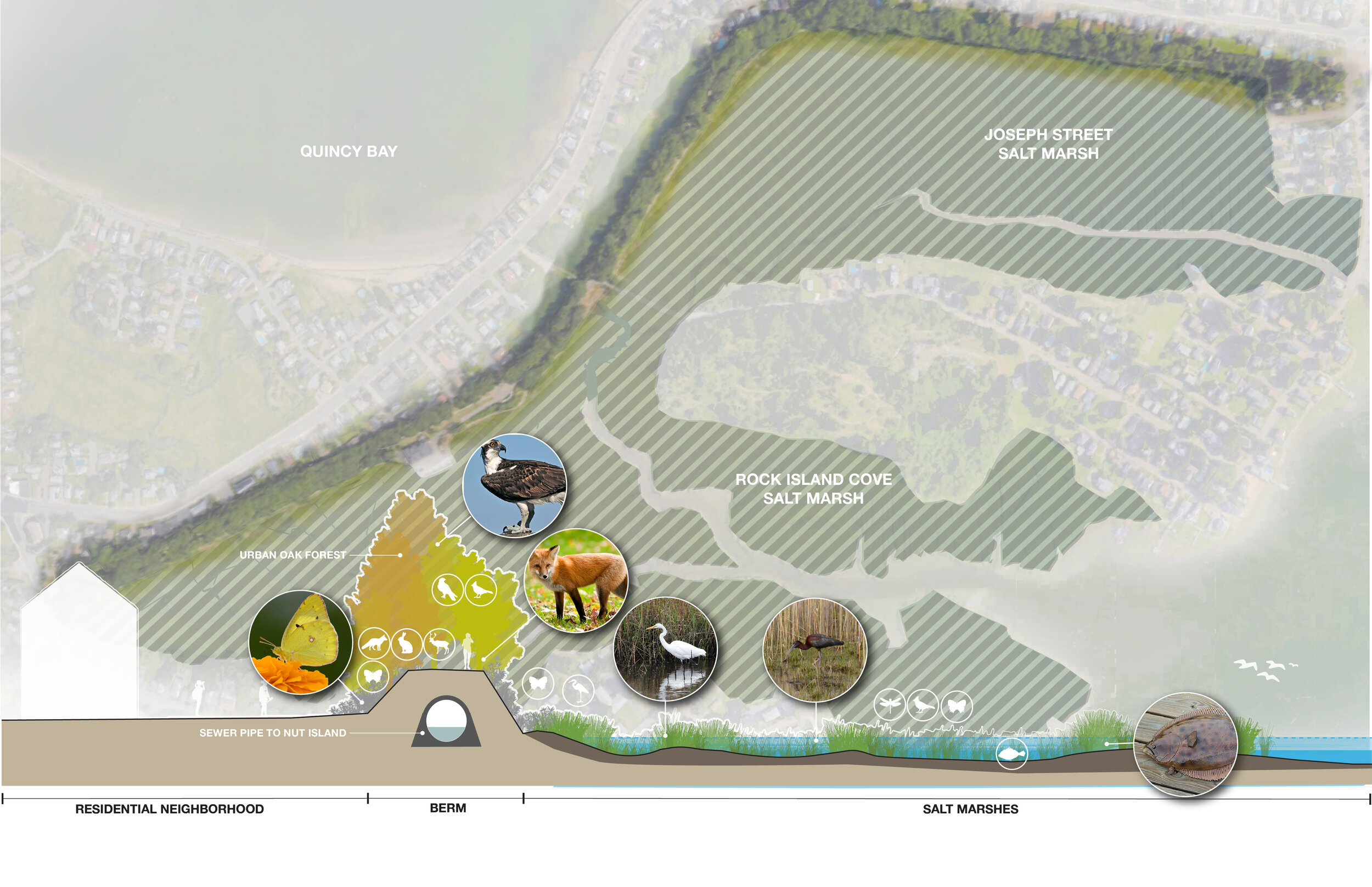
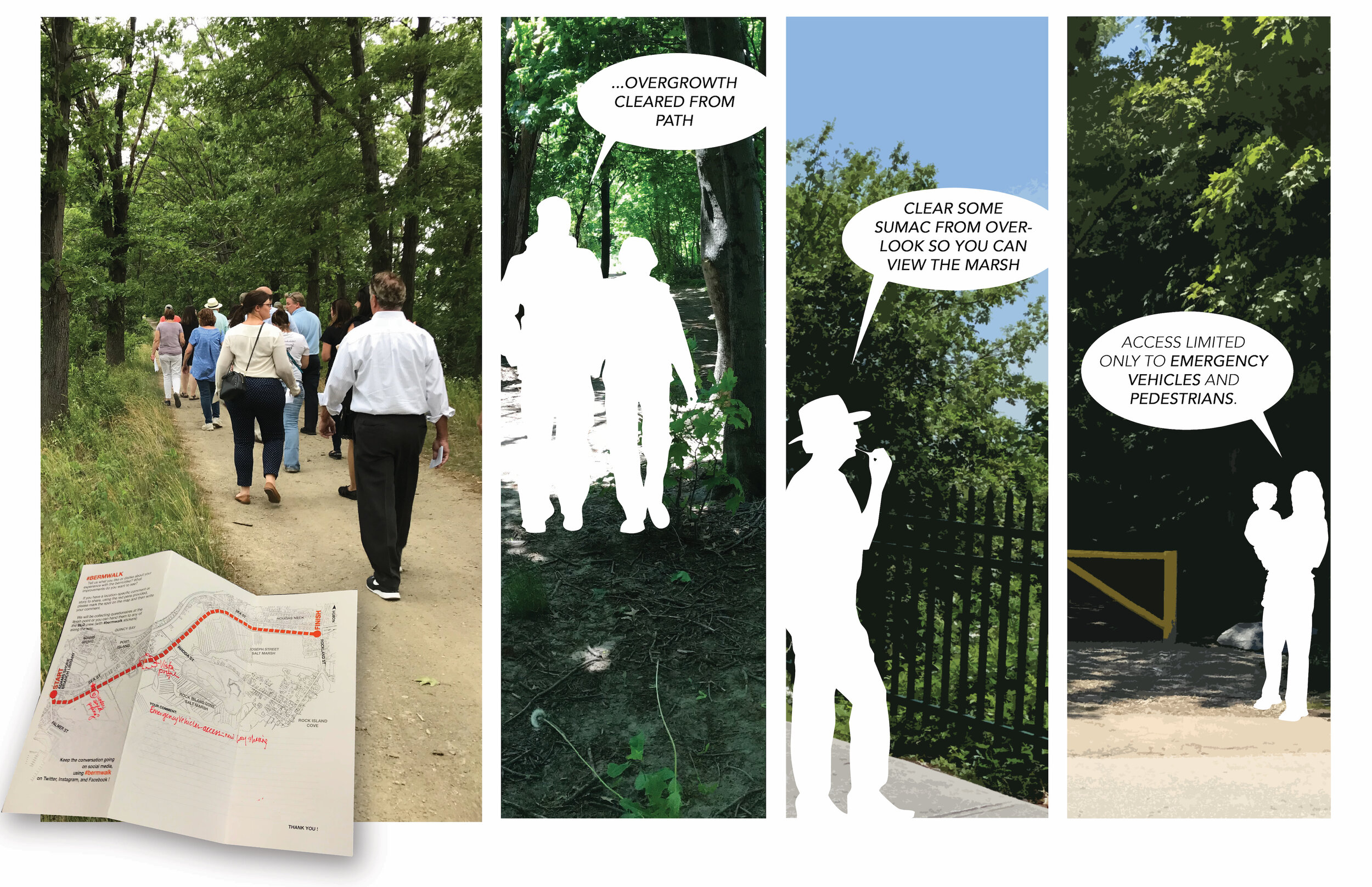
![Wind Resistance[FINAL]-03.jpg](https://images.squarespace-cdn.com/content/v1/56d5c5a186db4382d5719206/1582837901800-K4918XKJ0F4R35QOUX9U/Wind+Resistance%5BFINAL%5D-03.jpg)

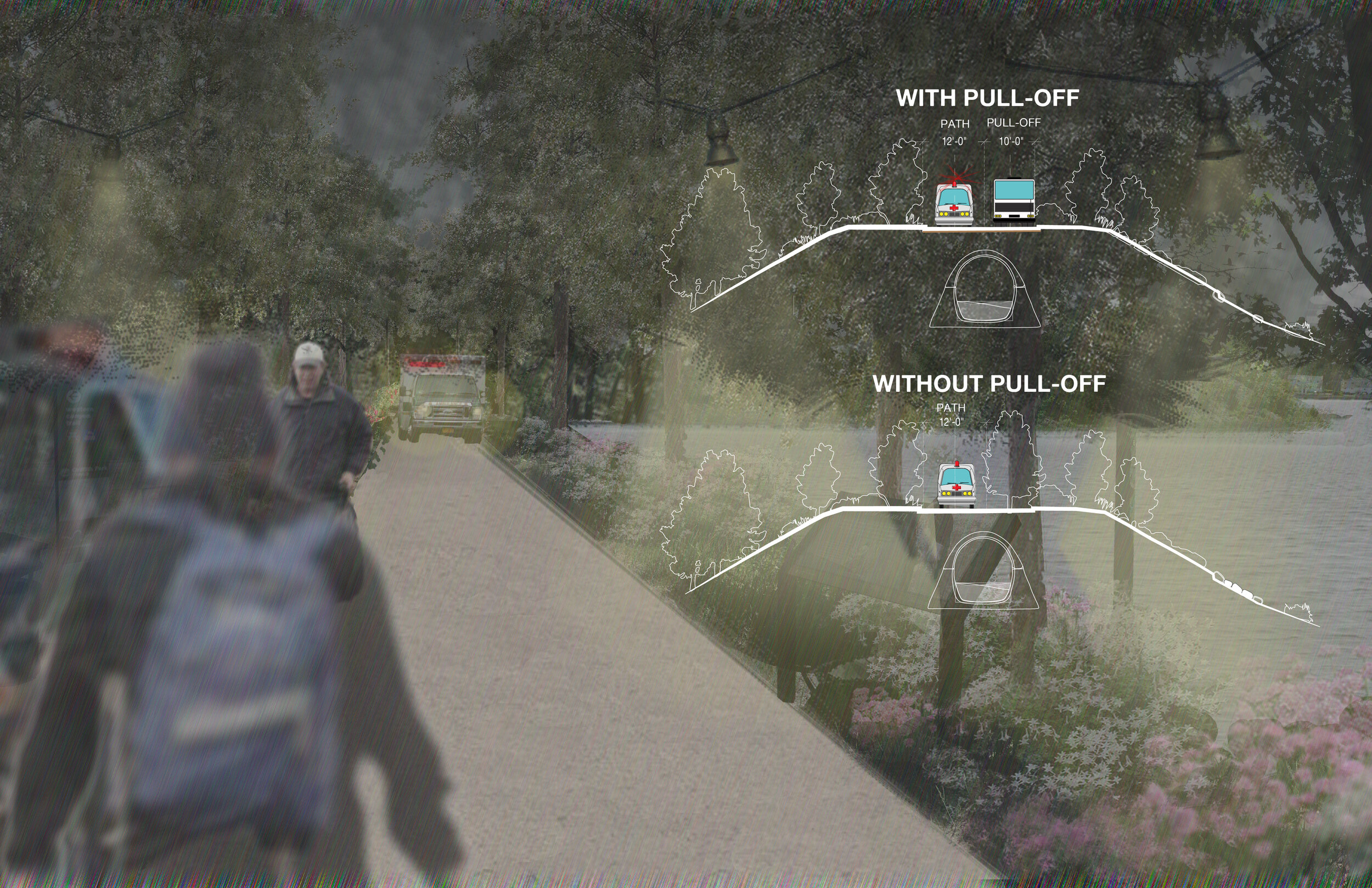
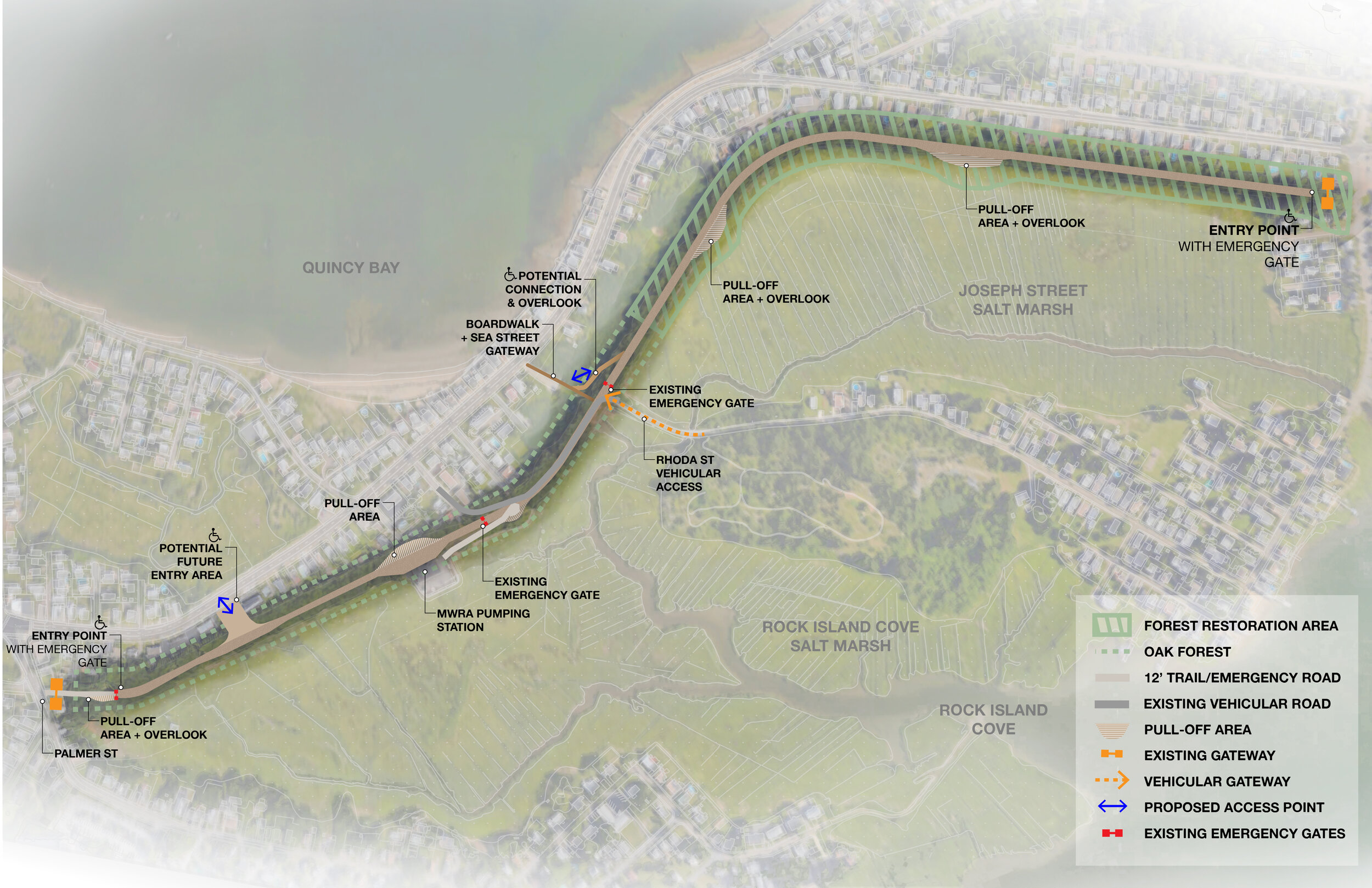
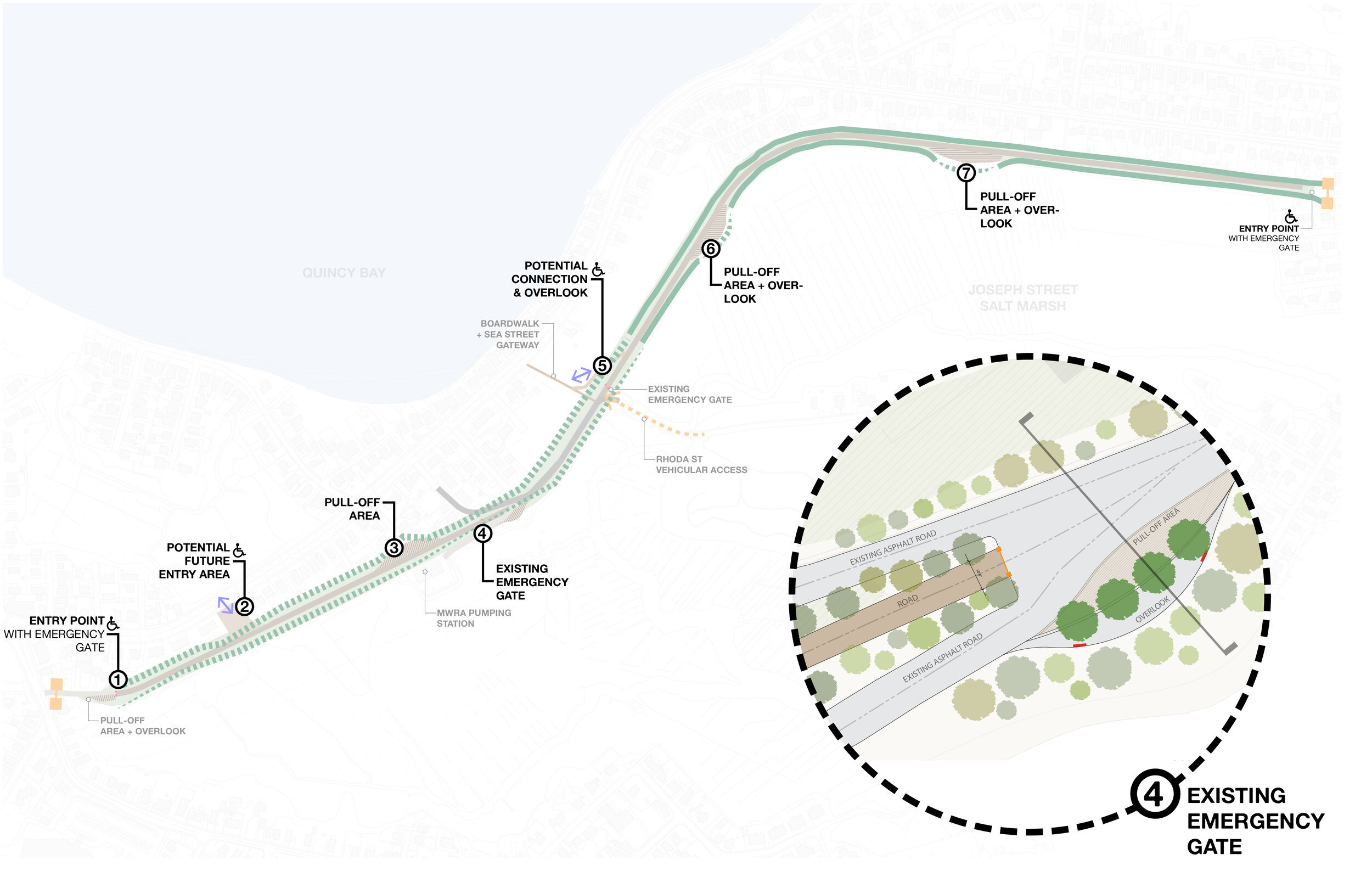
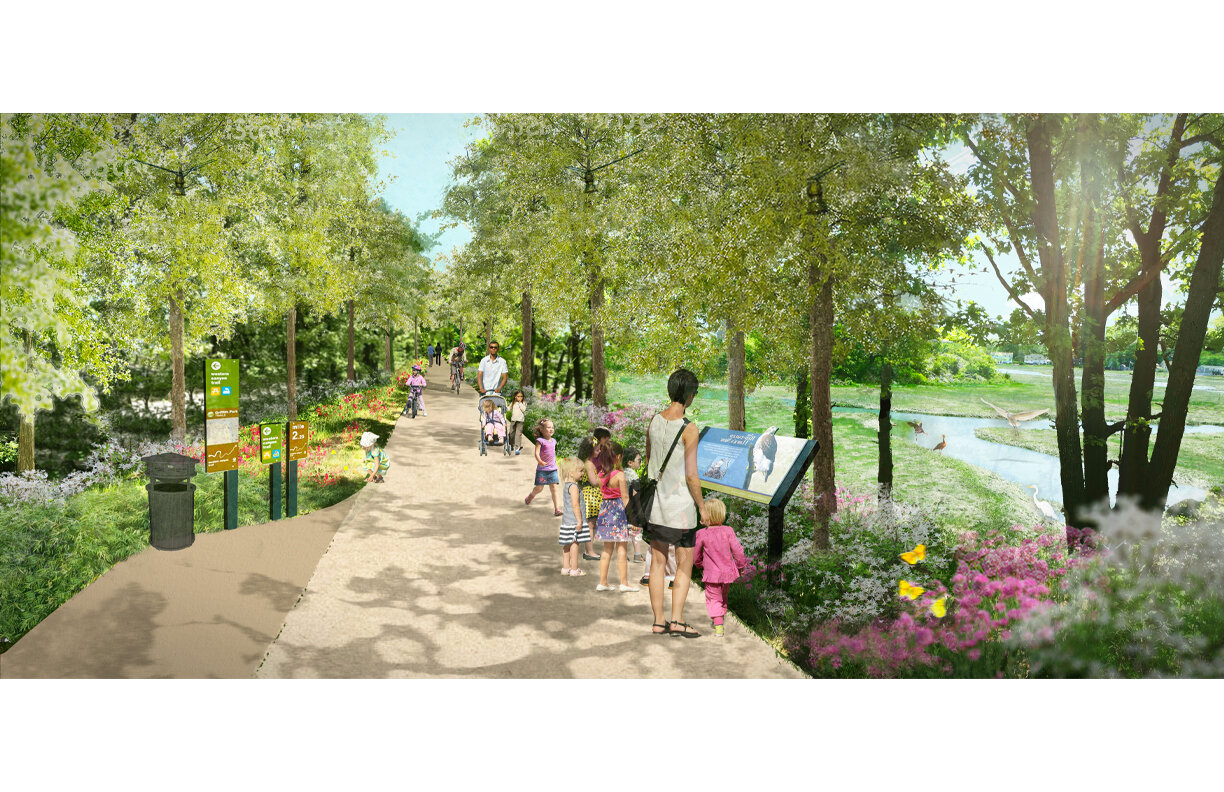
BLD collaborated with the City of Quincy and the MWRA (Massachusetts Water Resources Authority) to facilitate a conversation in the community around improvements to the berm, which houses a critical piece of infrastructure that services approximately 1.5 million people. Known locally as the dike, this infrastructure connects the coastal communities of Houghs Neck, Post Island and Adams Shore via an unimproved trail, which is utilized primarily for recreation. Most critically, however, during Storm Riley the berm functioned as a means of emergency egress from inundated Houghs Neck, allowing residents to obtain necessary resources from the mainland. During this flooding event, it became apparent that current surface conditions and the narrow path width made traversing it very difficult, and more importantly, prevented emergency vehicles from utilizing the corridor.
The berm was designed in 1903 by Olmsted and Eliot and serves as functional ecology and a critical component of the habitat between the marsh and the urban forest. Historically designed to be part of a network of open spaces, BLD wishes to uphold and preserve that vision of supporting community access while not just restoring the berm, but enhancing current ecological conditions. BLD has held community events to understand residents concerns and desires. We have proposed a reforestation of the berm through replacing existing invasive trees, which currently account for about half of the length of the berm, with stronger, noninvasive species. We are confident that both the development of a healthier ecology and the ability to provide emergency vehicle and pedestrian access during rare storm events are compatible and achievable goals for the berm.
Additionally, due to the proximity of the berm to a library, elementary and middle schools, it is an ideal location to be used as a safe route to school as well as educational programming. The unique landscape that exists along the berm provides an opportunity to reinforce local recognition and understanding of how the marsh and berm are components of ecological services that help prevent impact from climate change.
Awards: BSLA Merit Award for Analysis and Planning, 2020
